How to Make Traditional Food "Better": On the Maillard Reaction and Caramelization and a Traditional South African Kookkos Recipe
I am a foodie or a food "snob". I like to eat and I appreciate every meal. Every opportunity I get to eat, I try and make the most of it. When I need to eat food that is not well prepared I feel it was an opportunity wasted to enjoy a fabulous plate of food. I, therefore, spend too much time making food; I also put too much effort into it, but again I love to eat, and to waste an excellent opportunity makes me sad. This is a mini-rant against recipes that do not give leeway to the cook to experiment and to do things differently. I have seen so many people cook that struggle to use their imagination and stick to the recipe. This can be due to the cook's own fear of wandering from the recipe, but also the recipe that "creates" the feeling that you cannot deviate from it.
I am treading on thin ice here to say that you can make traditional food better. I, therefore, place the better between "" (quotation marks). In some sense when you wander from the traditional recipe, it will no longer be a traditional recipe. Carbonara or cacio e pepe is simply the recipe and only the traditional recipe. But most foods are not so rigid recipe-wise. One such dish is Traditional South African Kookkos or Potjiekos. Every family has their own recipe, but the most common variant is meat, rice, potato and carrot. Everything from thereon is up to the specific cook.
As per the heading, this piece is on caramelizing food and the Maillard reaction. I am not a food scientist who can explain all the chemical reactions etc., but I know how to achieve the different reactions so that food tastes so much "butter". According to Google, the difference between the Maillard reaction and caramelization is:
Caramelization may sometimes cause browning in the same foods in which the Maillard reaction occurs, but the two processes are distinct. They are both promoted by heating, but the Maillard reaction involves amino acids, whereas caramelization is the pyrolysis of certain sugars.
Basically, the one happens to sugars that break down (caramelization), and the other one is a reaction that happens to the reduction of sugar (the Maillard reaction). (Again, I am not a food scientist.) In any case, let me continue! Making South African Kookkos is very simple and easy. It is essentially boiled meat, potatoes, and carrots on rice and meat sauce. There are myriad ways to make this recipe, and here is my recipe with emphasis on where I utilize the theory of the Maillard reaction and caramelization to make this traditional recipe "better".
Browning the Meat (Maillard Reaction)
Browning the meat is of utmost importance when making kookkos. If you do not do it, your end product will look blueish/greyish and like boiled meat. There is also an important function to the browning of the meat: to create a fond or stewing liquid. When the meat essentially almost "burns" on the bottom of the pot and you deglaze it with wine/water/stock, you stewing liquid forms. This is essential for the meaty flavour and to enhance your dish without any additions.
Caramelization: Deglazing, deglazing and deglazing
When you are done browning all the meat, you can start by building your stewing liquid. What is handy about these thick cast iron pots are that when it warm, it keeps its heat. In other words, the risk of burning something is lessened. I add some Worcestershire sauce at the very end and with the last pieces of meat. This is when the flame is out/heat is off. The sugars in the sauce caramelize but it also deglazes the pot forming your fond. I then add the onions and caramelize them as well. I add some frozen stock that I have ade, and also tomato paste. The tomato paste also gets caramelized before I add the meat back in. I then stew it slowly for 2 hours.
Finishing the Dish
As stated, most people know this dish as meat, potatoes and carrots. This gets stewed in the meat sauce with the meat to suck in all the flavour.
There you go. By understanding the process of food making a bit better, you can make traditional recipes even "better" (for what it is worth). When you focus on every aspect of a vegetable or meat or produce, you can maximize the flavour of a dish. Please comment and share your experience about these "extra" steps to make better food!
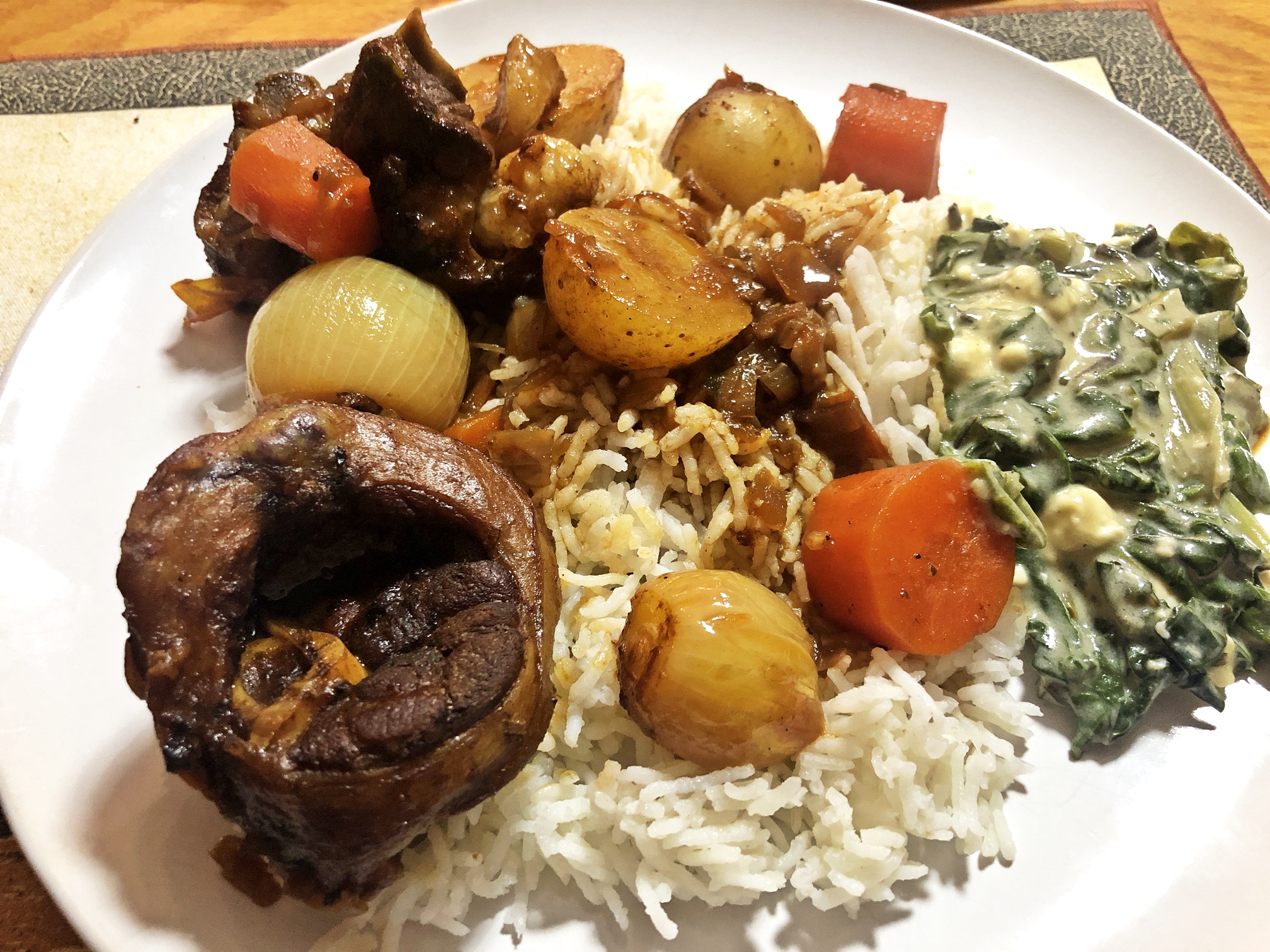
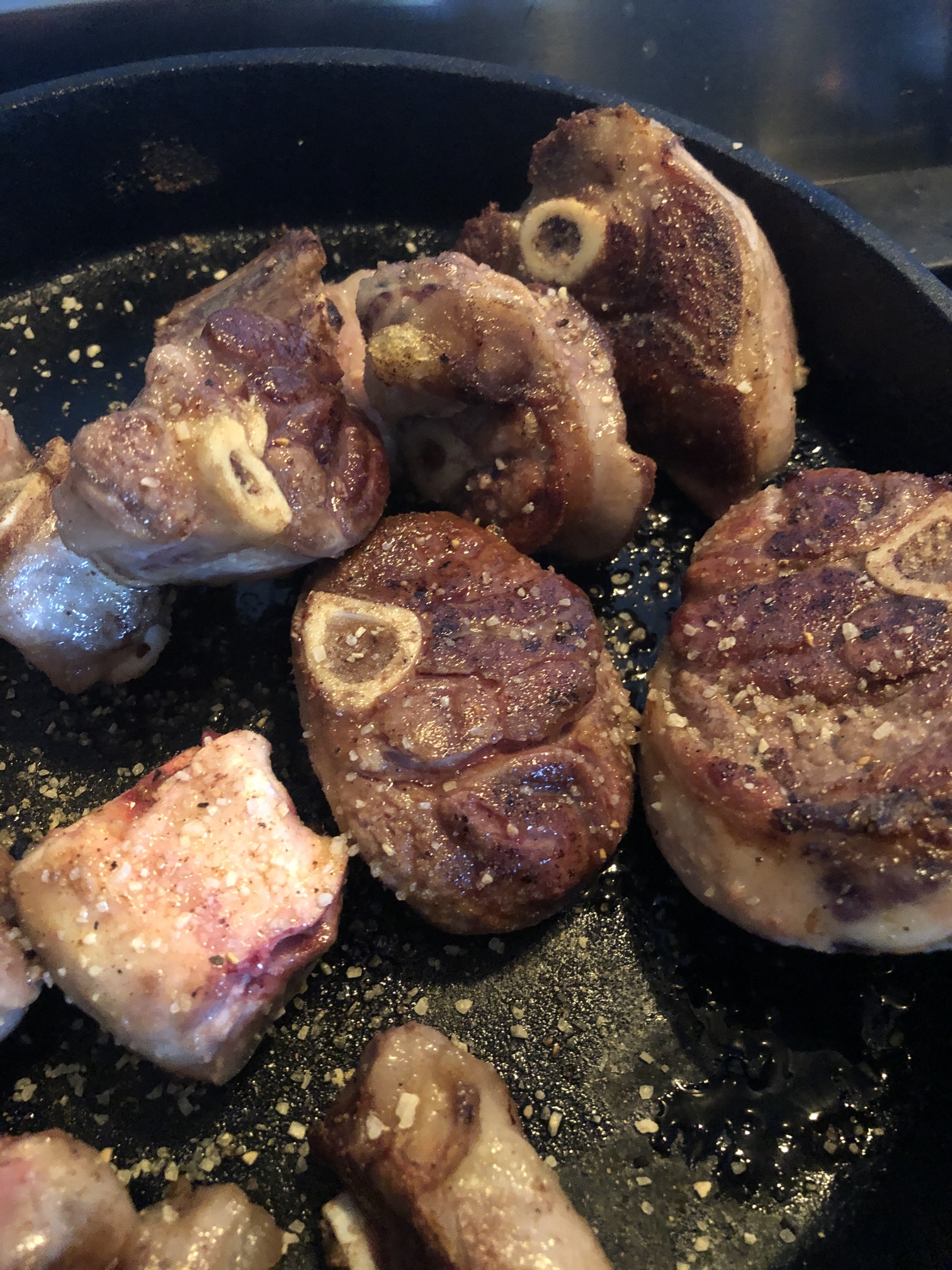
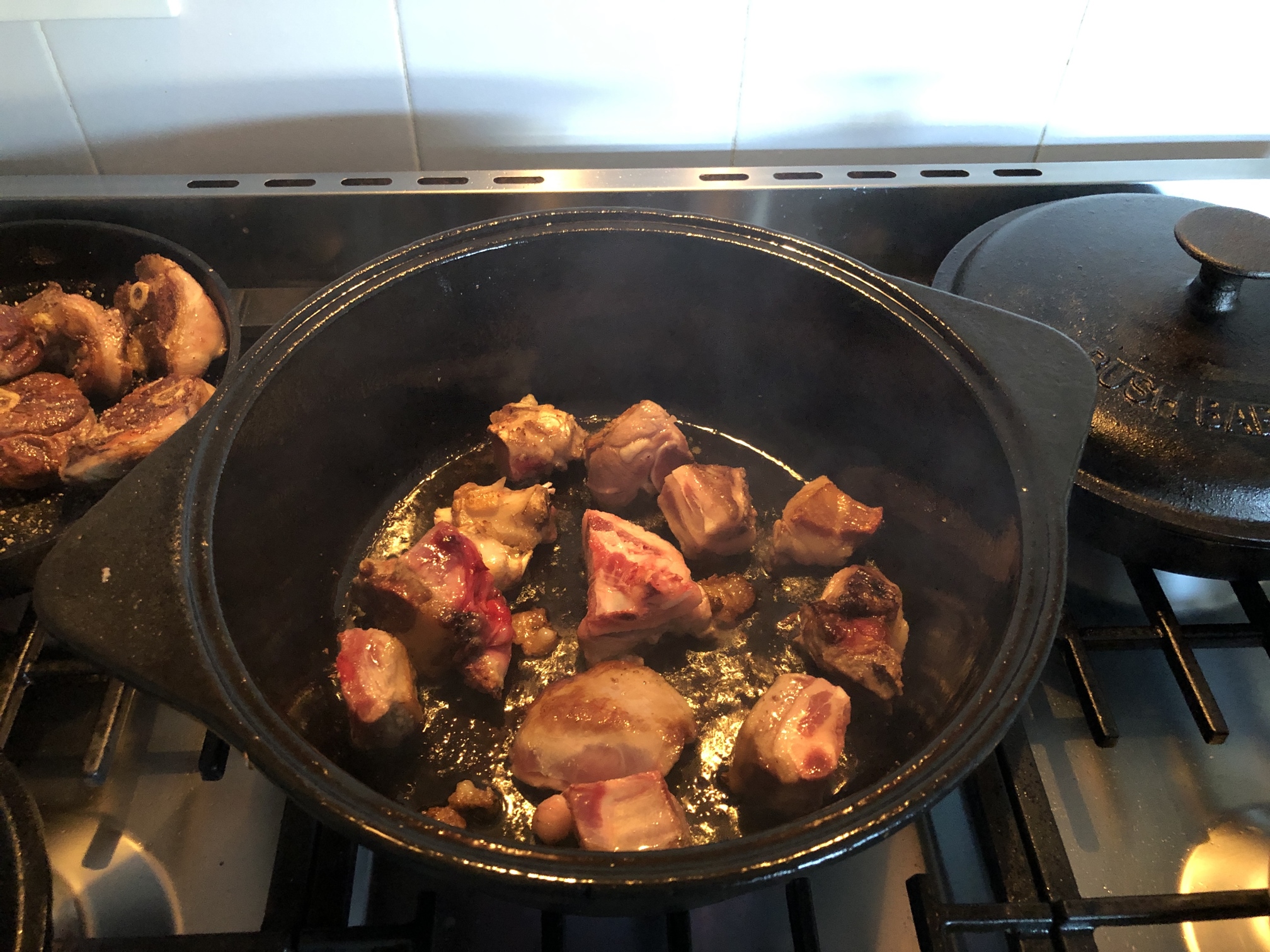
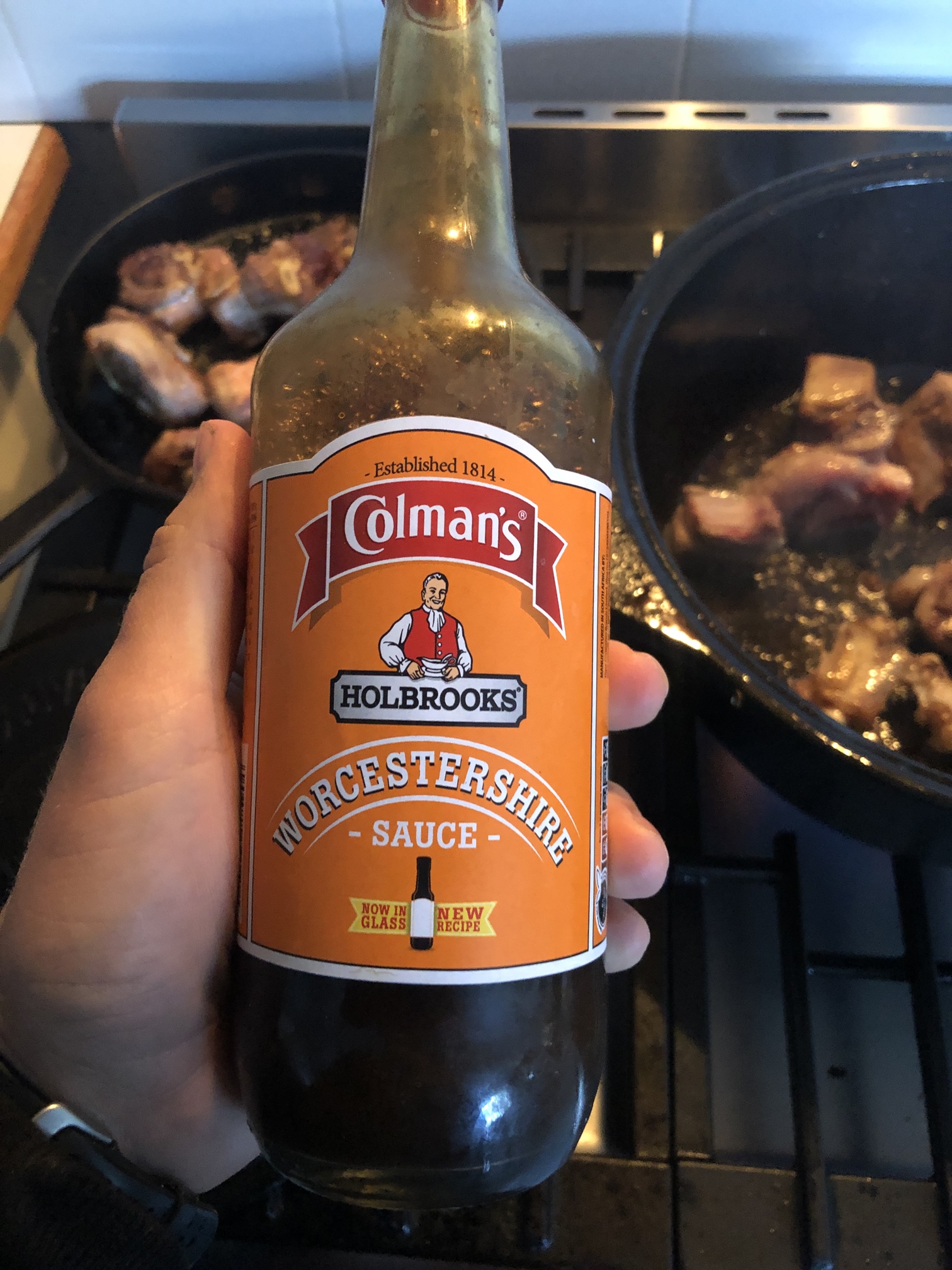
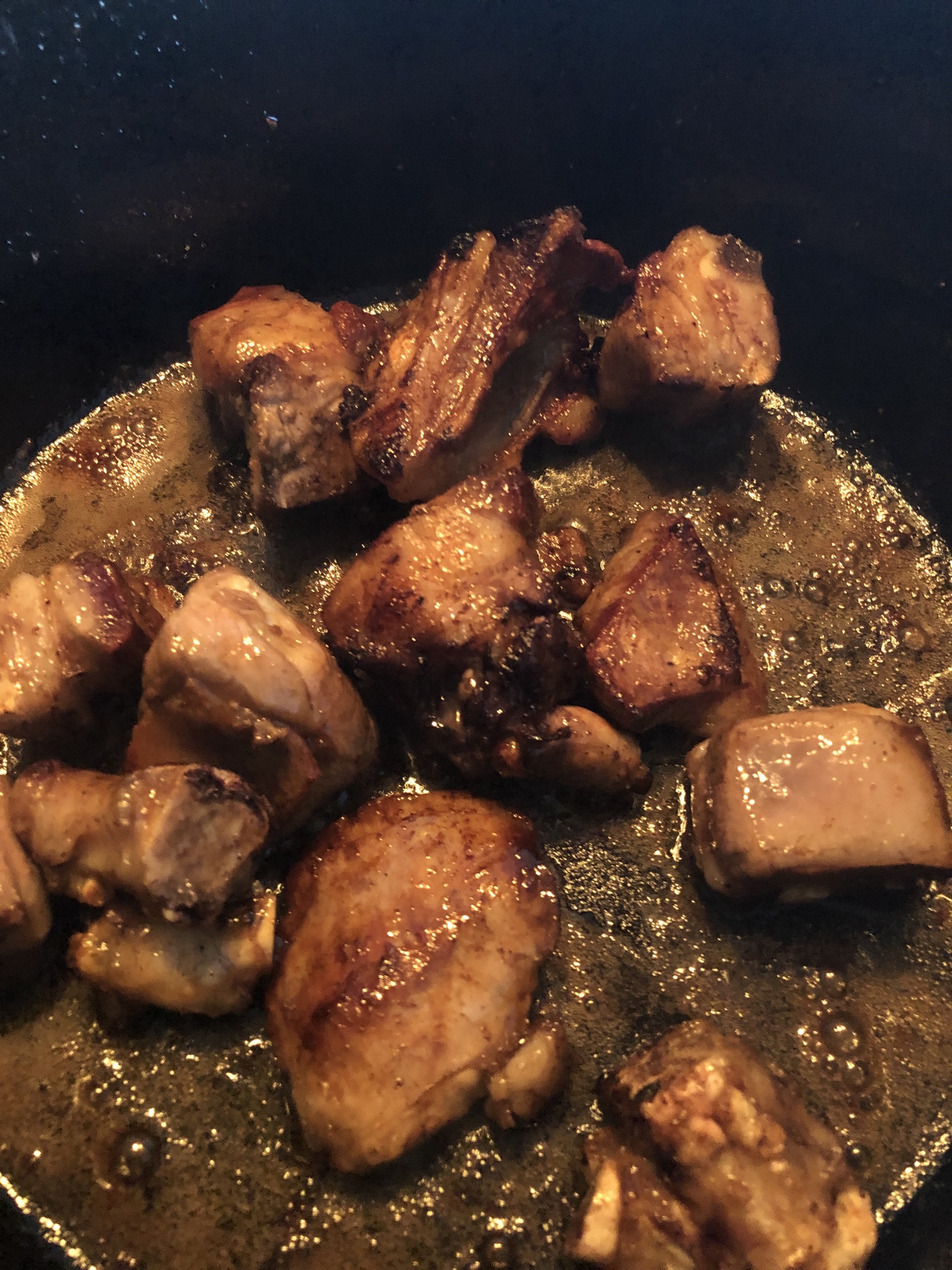

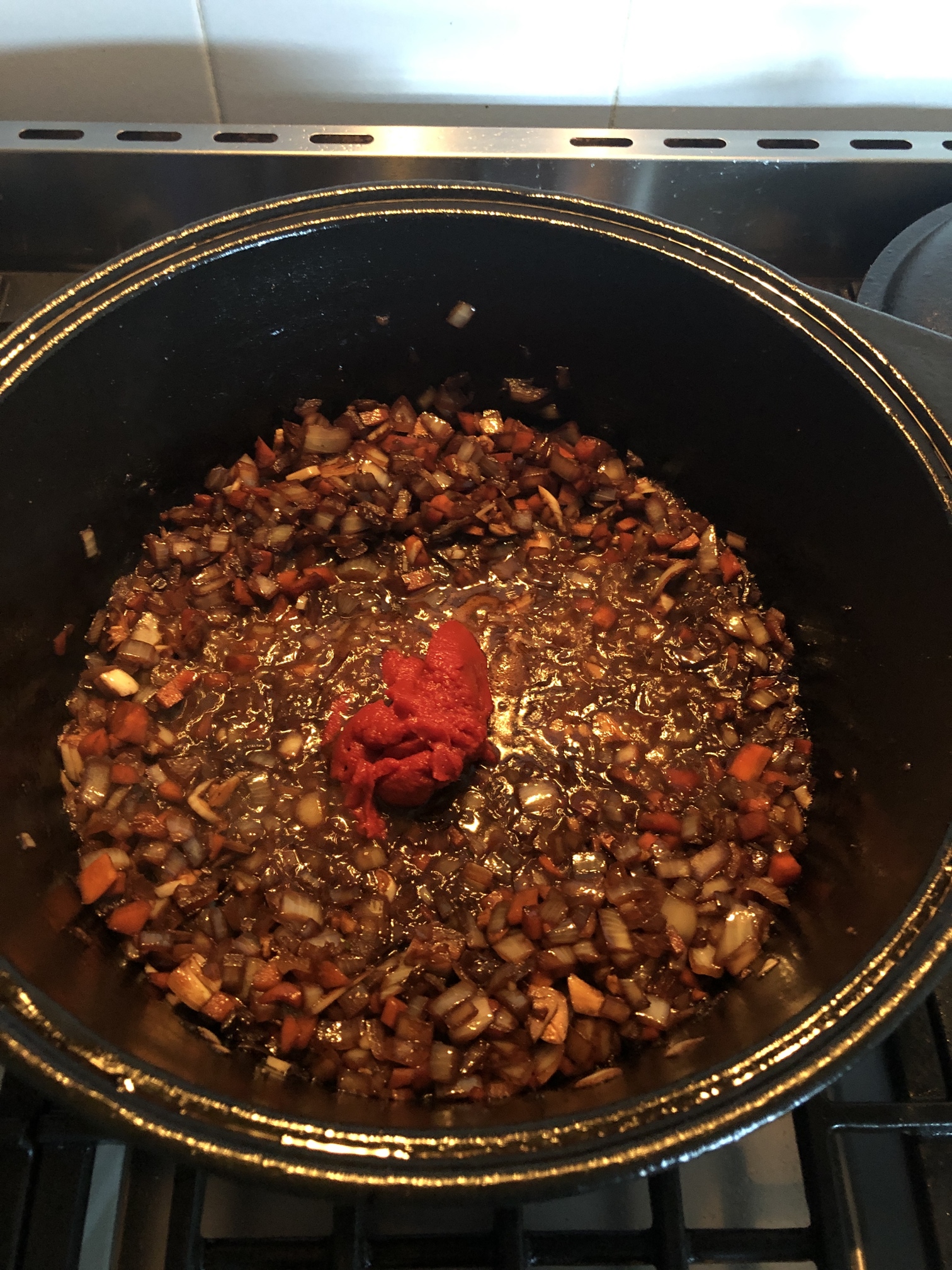
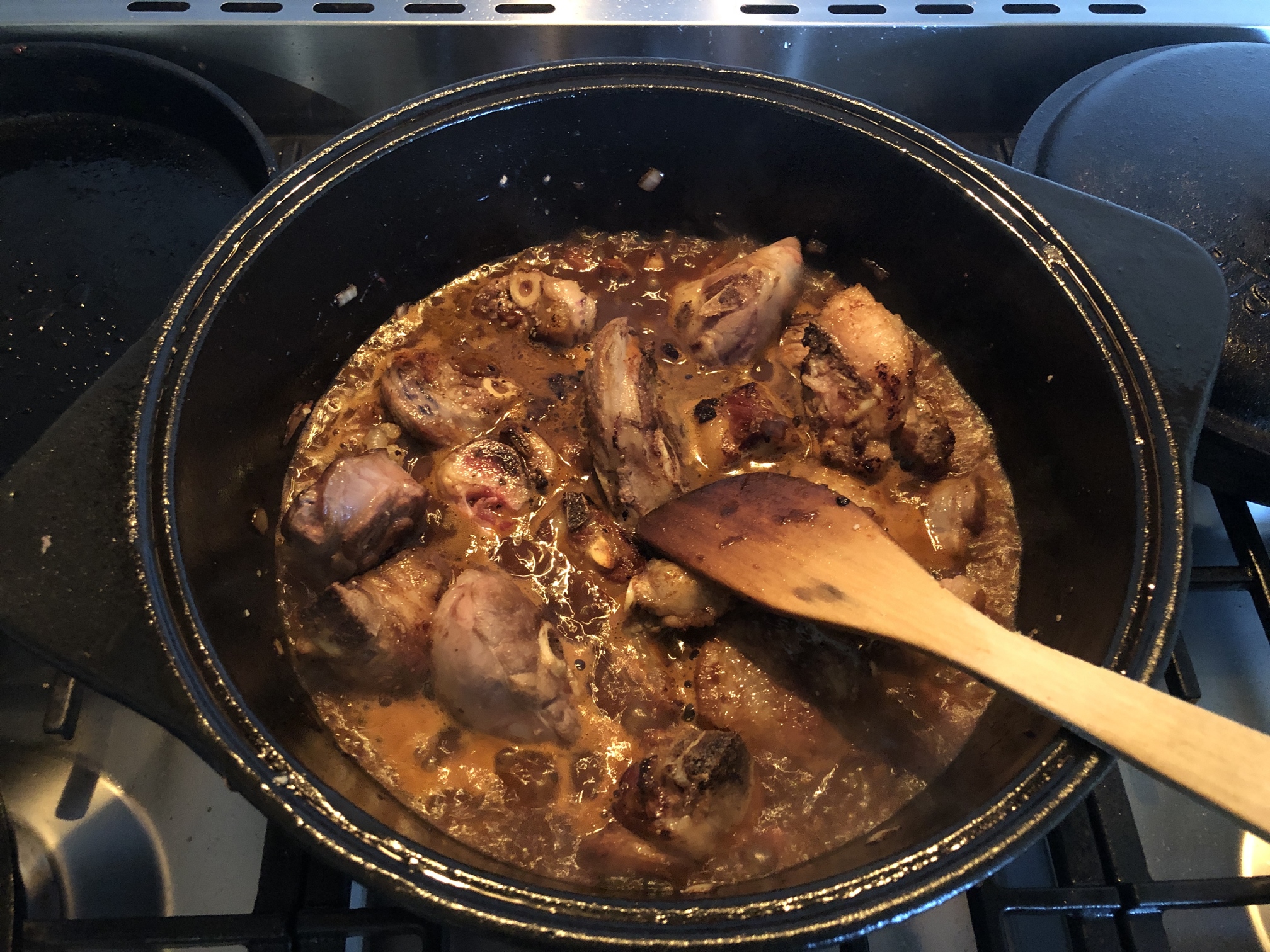
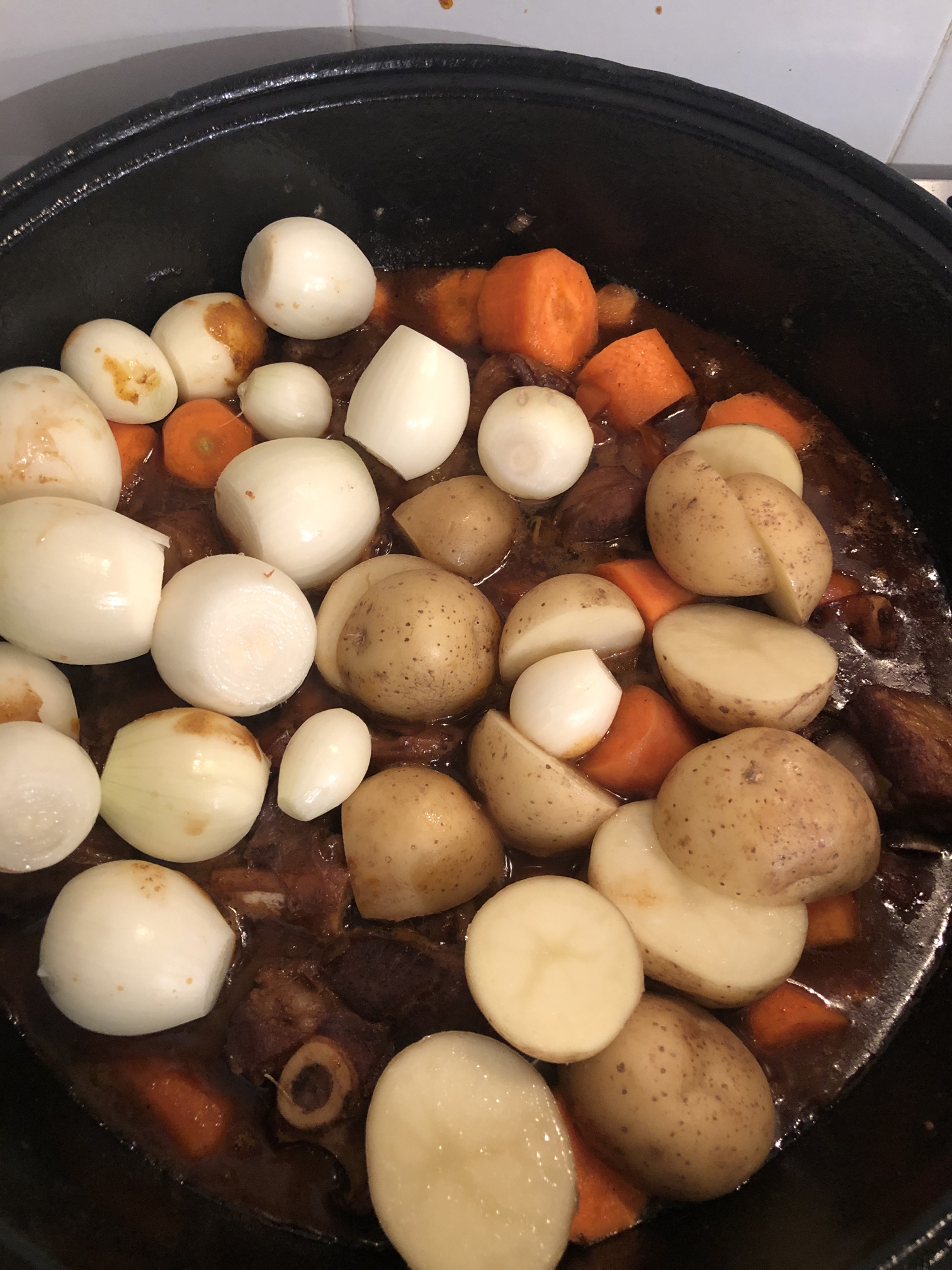
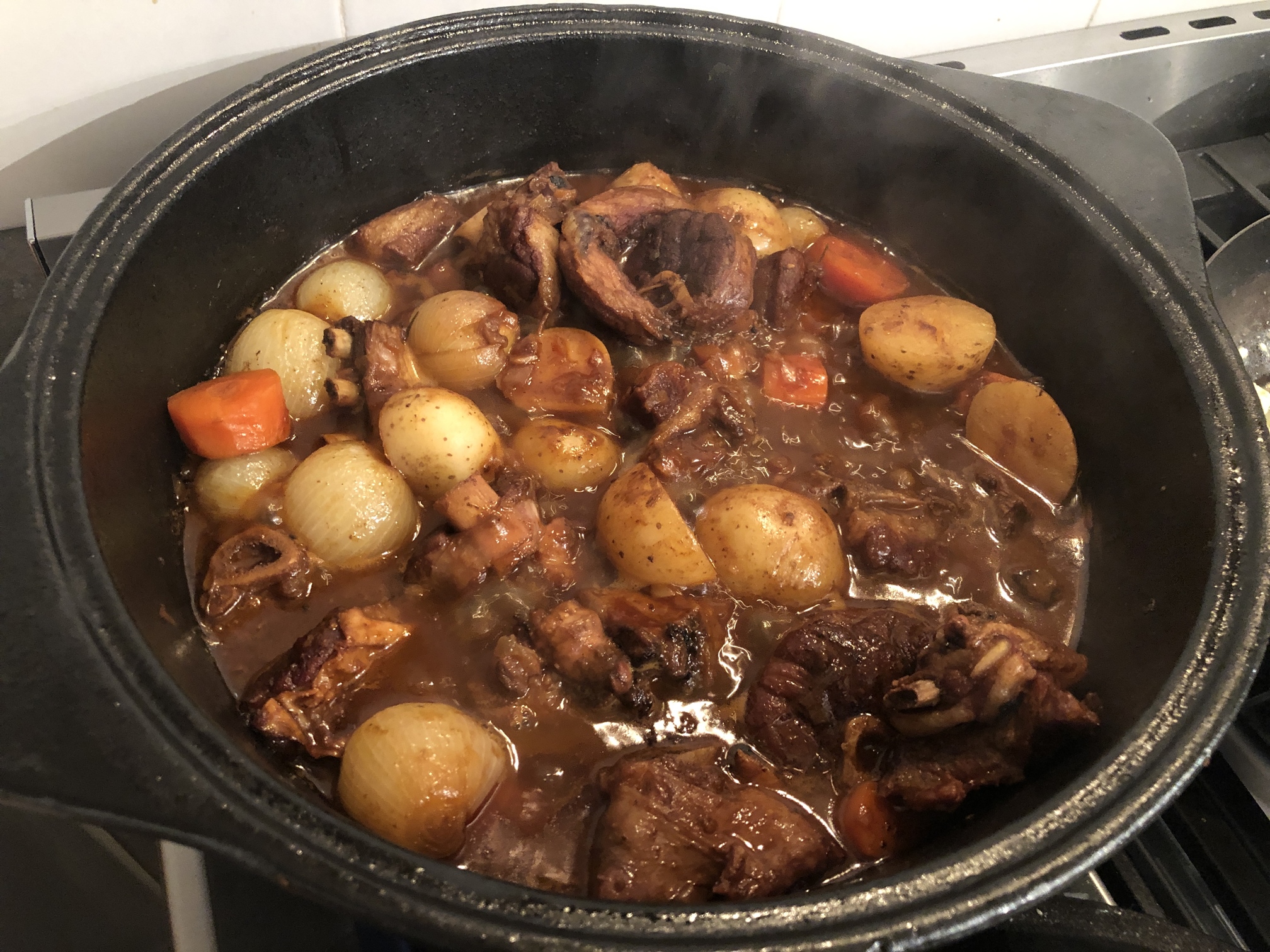
I like the approach of your post. The Maillard reaction is a complex set of reactions that occur between proteins and reducing sugars that occur when food is heated, and under this chemical principle we can naturally enhance and improve the flavor of our food without the need for so many additives.
Thanks for the clarrification! Since writing my post and making food again, my brain cannot stop thinking about the difference between caramelization and the Maillard reaction. I think it is very subtle, but fascinating nonetheless. Thanks again!
I find it fascinating how chemistry is involved in everything, it's like another world when you discover these processes and apply them in everyday activities.
This is so true! It only helps your cooking and you can transform mundane food into something special. It only broadens your horizon.
Quality post my friend and man am I hungry reading it and looking at your photos 👌
Thanks again! Yes right! Posting these posts on an empty stomach is not a good idea.
Yum! You have been curated @taco.cat on behalf of FoodiesUnite.net on #Hive. Thanks for using the #foodie tag. We are a tribe for the Foodie community with a unique approach to content and community and we are here on #Hive.
Join the foodie fun! We've given you a FOODIE boost. Come check it out at @foodiesunite for the latest community updates. Spread your gastronomic delights on and claim your tokens.
Join and Post through the Community and you can earn a FOODIE reward.
Your content has been voted as a part of Encouragement program. Keep up the good work!
Use Ecency daily to boost your growth on platform!
Support Ecency
Vote for Proposal
Delegate HP and earn more